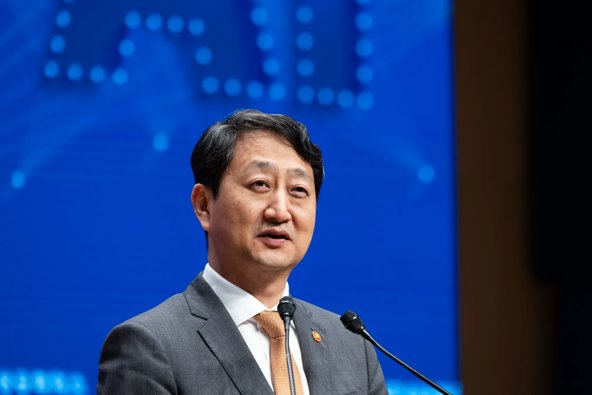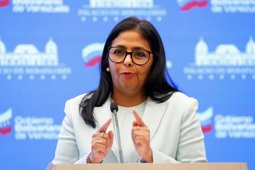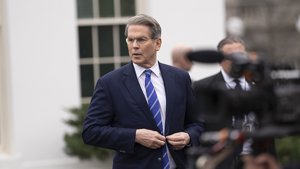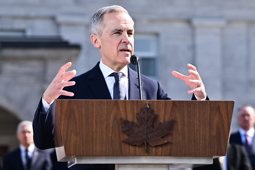
South Korea Ready for U.S. Tariff Response
South Korea has declared its readiness to respond to a new wave of U.S. tariffs, set to take effect on April 2 under the administration of President Donald Trump. Speaking at the 14th Export Support Task Force meeting held at LG Science Park in Seoul, Trade Minister Cheong In-kyo stated that the country is 'fully prepared' to take countermeasures in defense of its national economic interests.
“We are continuously negotiating to protect our industries' interests against U.S. tariff measures. We are also fully prepared to respond to the U.S. announcement on April 2,” Cheong affirmed, signaling that the government is maintaining active diplomatic channels and policy planning in anticipation of the upcoming tariff enforcement.
The new U.S. tariffs fall under President Trump’s broader strategy of reciprocal trade policies, which aim to address what the administration views as longstanding imbalances in trade relationships. South Korea, one of the world’s top exporters, is likely to be directly impacted by these measures, prompting swift domestic response planning.
The South Korean Ministry of Trade, Industry, and Energy added that the government is not only focused on shielding domestic industries but also on pursuing alternative trade options. Officials stated that South Korea will intensify efforts to diversify its export portfolio by engaging more deeply with emerging markets, particularly in the Global South. This strategy is aimed at countering what they described as the 'growing trend of protectionism among major economies.'
South Korea’s proactive stance underscores the increasing friction between traditional trading allies amid shifting global economic dynamics. While exact details of the U.S. tariffs have not yet been made public, Seoul’s early announcement signals a clear commitment to defending its economic position through both diplomatic engagement and market diversification.
The developments come at a critical time for international trade, as nations grapple with rising protectionist policies. As the April 2 implementation date approaches, further negotiations and policy shifts may shape how both the U.S. and its trading partners navigate the next phase of global commerce under President Trump’s leadership.






